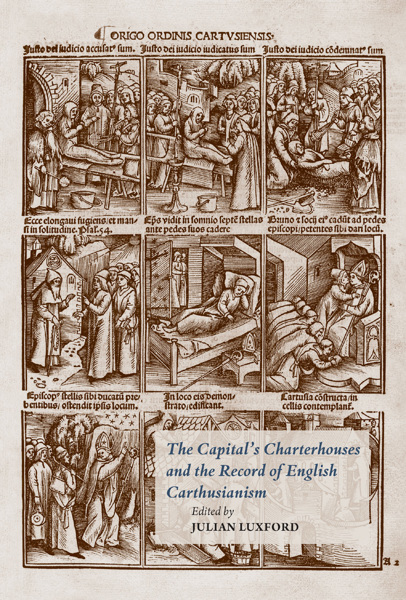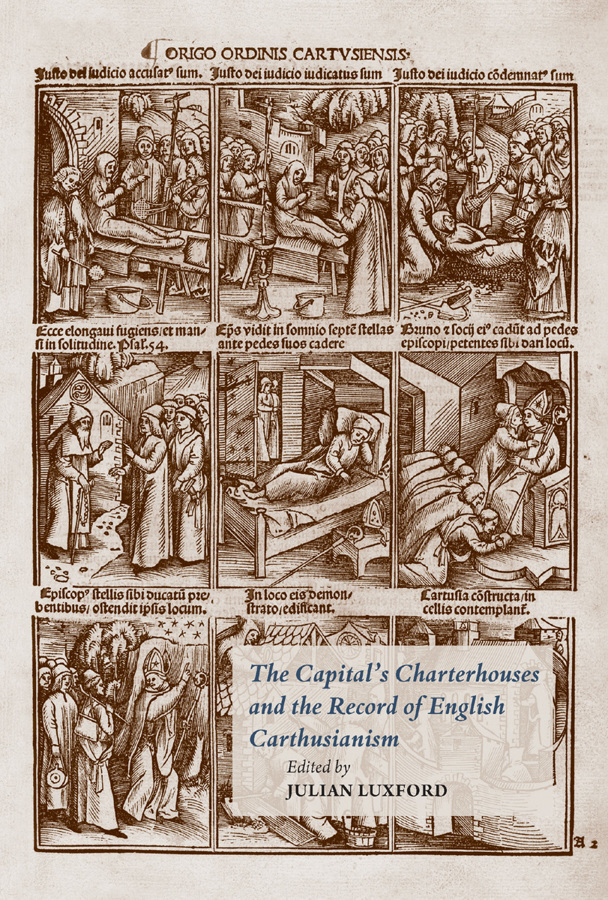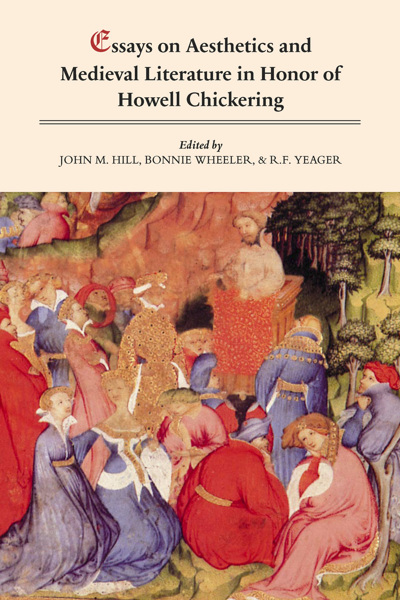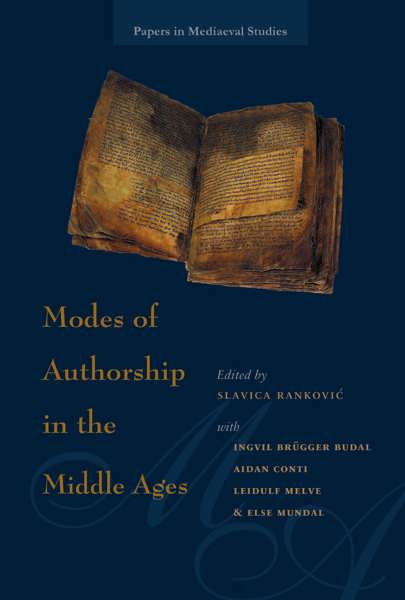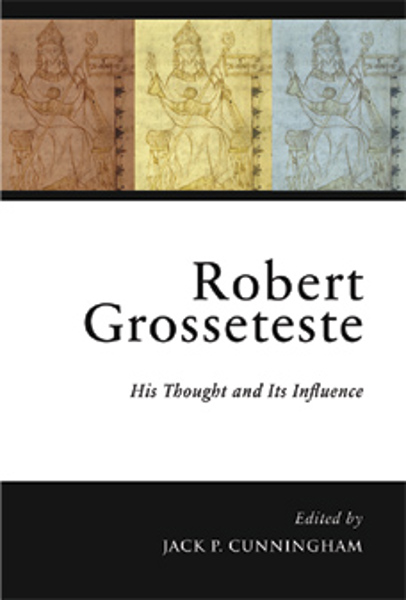
The Capital’s Charterhouses and the Record of English Carthusianism
Julian Luxford (ed)
- Pages: xvi + 300 p.
- Size:152 x 229 mm
- Illustrations:23 col.
- Language(s):English
- Publication Year:2023
- € 97,00 EXCL. VAT RETAIL PRICE
- ISBN: 978-0-88844-836-1
- Hardback
- Available
“The metropolitan line from Smithfield to Sheen was the Carthusians’ highway to creative, cultural and social influence in late medieval and pre-Reformation England. Not before time, this important collection traces the full history of this remarkable milieu, the buildings and their neighbourhood, the people and the books and ideas that animated them. Julian Luxford brings together scholars who have led in the recovery of its legacy over the past half-century; a coterie of experts in materiality and textuality who are a fitting match for, and tribute to their subject.” — James G. Clark, University of Exeter
Julian Luxford is a professor of Art History at the University of St Andrews. His main research interests are medieval art and architecture, the history of medieval books, and the history of the principal monastic orders. He has published a number of essays on Carthusian art, architecture, and books, and edited Studies in Carthusian Monasticism in the Late Middle Ages (2008). He is most recently also editor of The Medieval Book as Object, Idea and Symbol (2021), Tributes to Paul Binski: Medieval Gothic – Art, Architecture and Idea (2021), and of The Founders’ Book: A Medieval History of Tewkesbury Abbey, a facsimile of Oxford, Bodleian Library, MS Top. Glouc. d. 2 (2021).
This volume offers a substantial and versatile contribution to the history and culture of the late-medieval Carthusians in England. The nine essays presented here focus primarily on the double charterhouses built on the outskirts of London, at Smithfield and Sheen. Syon Abbey, the Bridgettine house which stood a short distance from Sheen, and was founded at the same time, is also drawn into the conversation because of its sympathetic and practical links to the Carthusians. Particular attention is paid to the London Charterhouse. This institution is revaluated here as an engineered and ornamented structure, a sanctuary nourished by books and texts, a beacon of religion, a theatre of devotion and political manoeuvres and, in the wake of its dissolution, both a dwelling-place for affluent citizenry and a lieu de mémoire for the English Carthusians in exile.
llustrations
Abbreviations
James P. Carley • Preface
Julian Luxford • Introduction
Part 1: The Material Record
Julian Luxford • The London Charterhouse: Iconography, Buildings, and Art
Glyn Coppack • Water and the Carthusians: The Contribution of the London Charterhouse to Knowledge of the Order’s Plumbing
Part 2: Spiritual Writings and Textual Transmission
Marlene Villalobos Hennessy • British Library, MS Egerton 1821: Devotional Practice and Book Production at the London Charterhouse
Michael G. Sargent • The Transmission by the English Carthusians of Some Late-Medieval Spiritual Writings: A Reconsideration of Walter Hilton and Nicholas Love
Vincent Gillespie • Preaching to the Choir: Another Look at English Carthusian Transmission of Vernacular Spiritual Writings
Part 3: Religious Conscience, Politics, and Afterlife
Ann M. Hutchison • United in Devotion and Martyrdom: The English Carthusians and Bridgettines and Their Fate
Diarmaid MacCulloch • The End of the Carthusians at the London Charterhouse
James P. Carley • After the Dissolution: John Leland and His Neighbours in Charterhouse Square
Peter Cunich • Maurice Chauncy and the Burdens of the English Reformation
Epilogue
Martyn Percy • A Eucharist for Martyrs: “A Fragrant Offering and Sacrifice” – A Sermon Preached at the London Charterhouse on 3 September 2016
Contributors
Index
